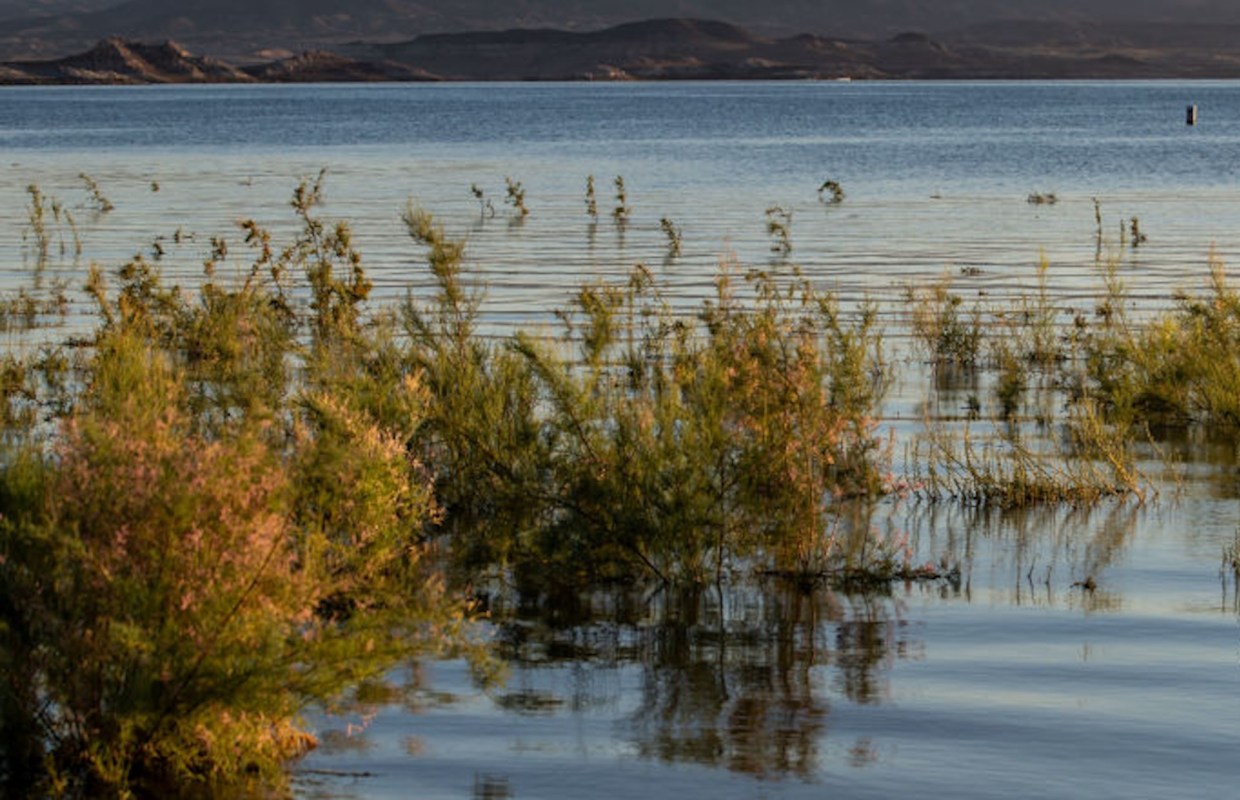Lake Mead, the massive reservoir formed by the Hoover Dam, just hit its highest water levels in three years. The reservoir was buoyed by heavy rain and snowfall in California during a recent atmospheric river, also known as a "Pineapple Express."
"The lake has experienced record lows in water levels in recent years, with the first water shortage announced in 2021 after years of chronic overuse and drought," USA Today reported.
Though the recent weather provided Lake Mead with much-needed water, it still remains in trouble after years of abnormally dry weather.
The changes to our weather patterns caused in large part by pollution from dirty energy sources like gas and oil have produced an environmental phenomenon referred to as "dry gets drier, wet gets wetter."
That means that the drought years that the American Southwest has experienced have been extreme, drying out many lakes to previously unseen lows. However, when the storms do come, they are more intense, bringing enough water to noticeably affect lake levels.
This same process has been observed in other lakes, such as California's Lake Shasta, which rose 12 feet during the month of March but remains 17 feet below its maximum capacity.
That is not to say, of course, that the effects of Earth's rising temperature will simply cancel each other out — years of extreme drought followed by periods of intense, destructive storms will wreak havoc on any ecosystem.
Water overuse remains a consistent problem as well, as experts predict that even with the recent influx of water, the reservoir will not be able to keep up with demand.
"This supply-demand imbalance is a problem because over time it means we are draining the reservoirs," Jennifer Pitt, the National Audubon Society's Colorado River program director, told Newsweek. "Moreover, as climate change continues to shrink the Colorado River, the supply-demand imbalance will grow and the reservoirs will empty faster unless water users throughout the basin can figure out ways to use less."
Some ways to use less water could include switching to a less water-hungry natural lawn, installing a heat pump water heater, and taking shorter showers.
Join our free newsletter for cool news and cool tips that make it easy to help yourself while helping the planet.









